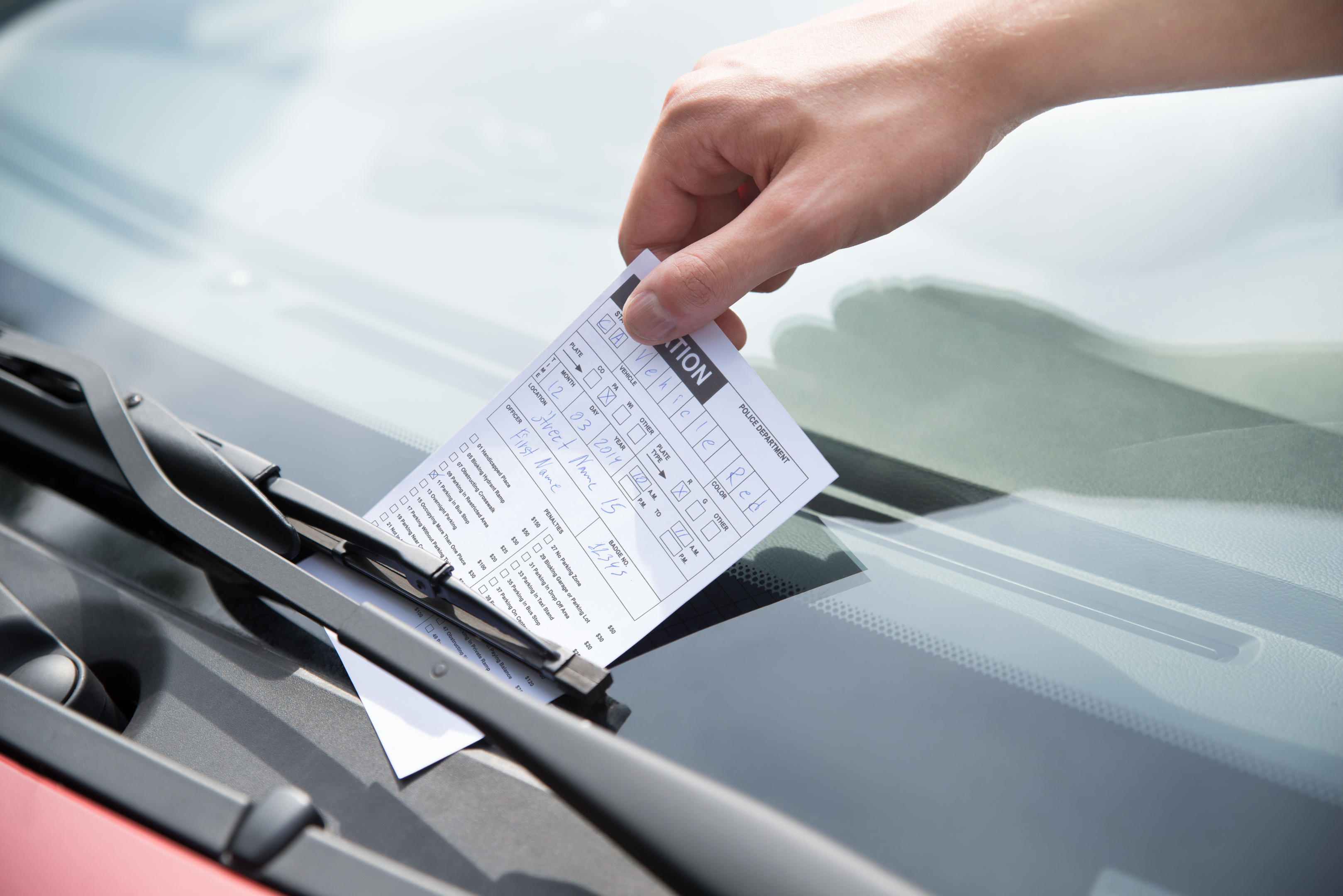
LOCAL authorities in Scotland made more than £40 million from parking in 2015-16, according to analysis by a motoring organisation.
The figure is 12% higher than in the 2014-15 financial year when £36.1 million was recorded.
Data analysed for the RAC Foundation shows Scotland’s 32 councils had a combined income of charges and penalties from on and off-street parking of £79.3 million.
The cost for councils of running their parking activities totalled £39 million, giving a surplus of £40.3 million.
During 2015-16, Edinburgh had the largest surplus at £19.4 million, which increased from £17.4 million on the previous year.
It was followed by Glasgow at £12.6 million, an increase on £11.4 million the year before.
Aberdeen had the third largest surplus at £4.9 million, up on 2014-15’s £4.5 million total.
Of the 32 councils, 15 showed a surplus, two made neither a deficit nor a surplus, 13 recorded a deficit and two did not provide parking accounts
The data came from local authorities’ annual returns to the Scottish Government.
RAC Foundation director Steve Gooding said: “Providing and managing the space for us to park our cars is not a cost-free activity for councils but controlling those costs is clearly important.
“By keeping the bills down and seeing a rise in parking income, there has been a significant increase in the annual surplus, or profit, councils are making from parking activities.
“The good news is that this money must be reinvested in transport services including, Scottish drivers will expect, maintaining the road network.”
A spokesman for Glasgow City Council said: “We try to deter motorists from using their cars where possible and encourage people to switch to more sustainable modes of transport such as cycling or using public transport in a bid to protect the environment and reduce air pollution.
“Parking tariffs can be used to make public transport more attractive and assist with behavioural change.
“We may also introduce new parking control schemes, in the city centre and in residential areas, where householders find it difficult to park near their homes due to incoming commuters.”
Councillor Lesley Hinds, transport convener of Edinburgh City Council, said: “Funds from parking income are reinvested in road maintenance and other transport infrastructure across Edinburgh.
“Charges for permits and on-street parking are important for reducing pressure on limited kerbside space and keeping our roads clear and accessible.
“Parking charges also help businesses, residents and their visitors by encouraging a frequent turnaround of spaces, as well as deterring all-day parking.”
A spokesman for the Convention of Scottish Local Authorities said: “What councils charge for parking is rightly and properly a matter for them to determine locally based on local circumstances.
“Scotland’s councils have to actively manage parking in a way that balances both keeping the traffic flow moving round an area as well as allowing access to businesses in a bid to support local shopping.
“If you park illegally you are committing an offence and penalties only apply to people who commit an offence.”

Enjoy the convenience of having The Sunday Post delivered as a digital ePaper straight to your smartphone, tablet or computer.
Subscribe for only £5.49 a month and enjoy all the benefits of the printed paper as a digital replica.
Subscribe